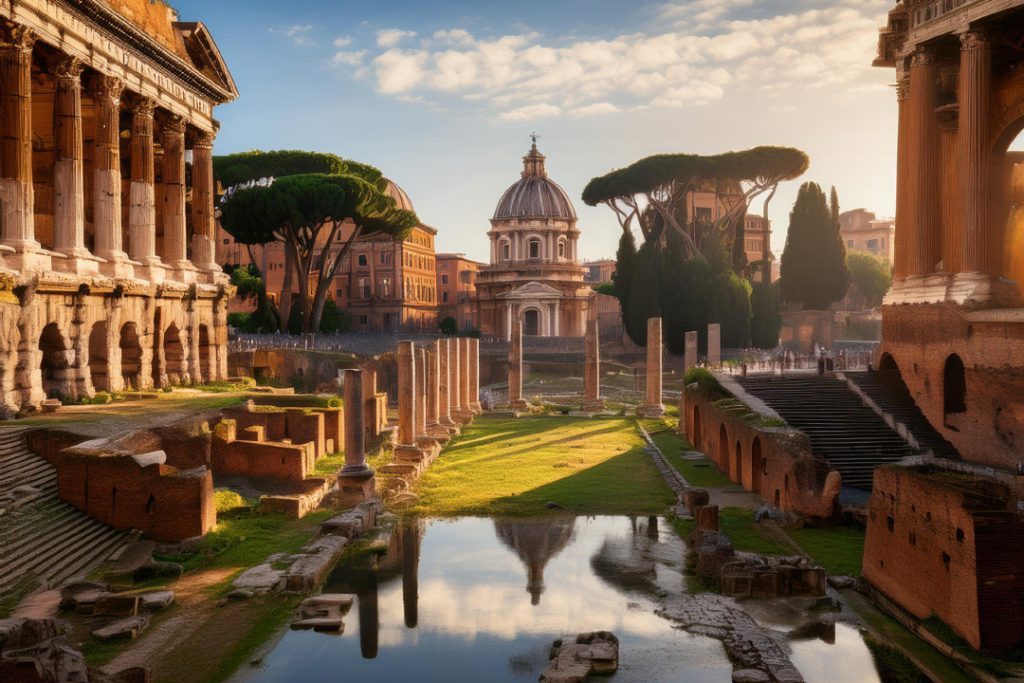The Panama Canal stands as one of the most impressive engineering achievements in human history. It serves as a vital maritime route, linking the Atlantic and Pacific Oceans, revolutionizing global trade. The construction of this 50-mile long canal not only reshaped the geographical landscape of Panama but also altered the dynamics of world commerce forever. But how did this extraordinary structure come to be? In this article, we will delve deep into the fascinating history of the Panama Canal, from its conception to its completion, and explore the hurdles, triumphs, and long-lasting impacts.
Early Visions of a Canal Through Panama
The idea of creating a canal across the Isthmus of Panama dates back to the early 16th century, soon after the Spanish explorers arrived in the Americas. Explorers like Vasco Núñez de Balboa envisioned a shorter route to transport goods between Europe and Asia, bypassing the long and dangerous journey around the tip of South America. However, with the lack of advanced engineering technology, the dream of a Panama Canal remained just that—a dream.
The Spanish conducted surveys in the 1500s, but the dense jungles, tropical diseases, and steep terrain made the task seem impossible. Despite these challenges, the notion of a Panama waterway lingered in the minds of explorers and future empires.
The French Attempt: A Daring Failure
Fast forward to the late 19th century, and the prospect of a Panama Canal resurfaced, this time with France taking the initiative. Led by Ferdinand de Lesseps, the man behind the successful construction of the Suez Canal in Egypt, France believed that it could replicate its success in Panama. The French Panama Canal Company was founded in 1879, and excavation began in 1881.
However, the situation in Panama was far more complicated than expected. The region’s swampy terrain, heavy rainfall, and rampant malaria and yellow fever devastated the workforce. While de Lesseps had envisioned a sea-level canal, similar to the Suez, Panama’s geography required a series of locks to manage the significant elevation changes between the two oceans. The project, underfunded and poorly planned, became a financial disaster, and by 1889, the French effort collapsed. Over 22,000 workers lost their lives during the French attempt, most of them due to tropical diseases.
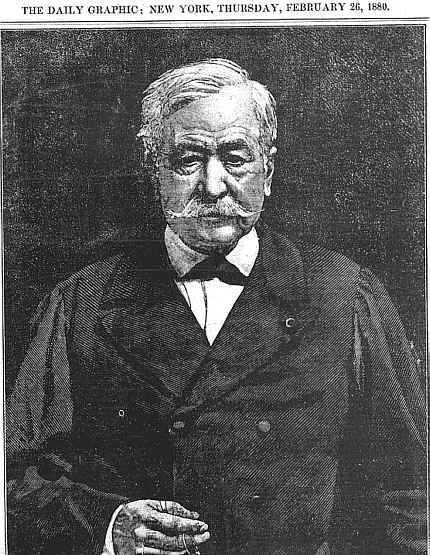

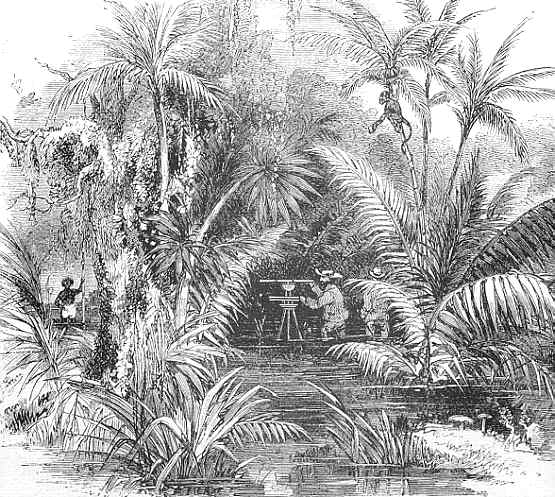
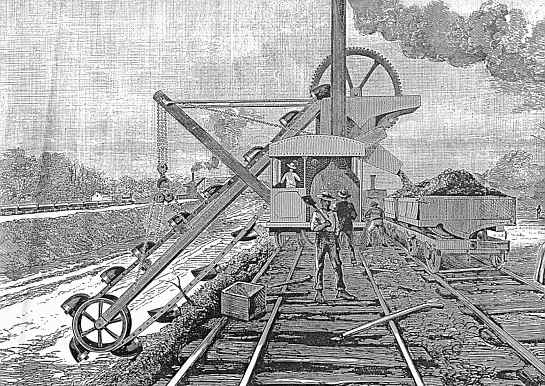
U.S. Involvement: A New Era of Engineering
After the failure of the French project, the idea of a Panama Canal did not disappear. The United States, under President Theodore Roosevelt, saw the strategic and economic importance of controlling such a waterway. In 1902, the Spooner Act authorized the U.S. to purchase the French equipment and canal rights. Soon after, the U.S. secured a treaty with Panama, which had just gained independence from Colombia with U.S. backing.
In 1904, the U.S. officially took over the canal project. Unlike the French, the Americans learned from past mistakes. They invested in extensive disease control measures, led by Dr. William Gorgas, which drastically reduced the cases of malaria and yellow fever. The workforce, now consisting of tens of thousands of laborers from around the world, worked tirelessly under harsh conditions to realize the dream of a canal.
Construction Challenges and Innovations
The construction of the Panama Canal presented some of the most complex engineering challenges of the time. One of the most significant obstacles was the Culebra Cut, a massive excavation project that required cutting through nine miles of mountainous terrain. Workers used dynamite to blast through the rock, and steam shovels moved millions of cubic yards of debris.
The Gatun Locks system, another groundbreaking innovation, allowed ships to ascend and descend the elevation changes between the two oceans. These locks, massive chambers that could hold vast amounts of water, were a key element in the canal’s success. They ensured that ships could be raised and lowered over 85 feet to navigate the canal’s challenging terrain.
Lake Gatun, an artificial lake, was created by damming the Chagres River, providing a critical water source for the locks and allowing ships to cross a significant portion of the canal without needing additional excavation.
Completion and Opening of the Panama Canal
After a decade of intense labor and at a cost of over $375 million, the Panama Canal was finally completed. On August 15, 1914, the SS Ancon made the first official transit through the canal, marking the beginning of a new era in global trade. The canal reduced the journey between the East and West coasts of the U.S. by approximately 8,000 miles, providing enormous savings in both time and costs.
The canal’s opening coincided with the onset of World War I, which limited immediate global attention to the monumental achievement. Nevertheless, the Panama Canal quickly became a crucial waterway, facilitating the movement of warships, cargo vessels, and merchant ships.
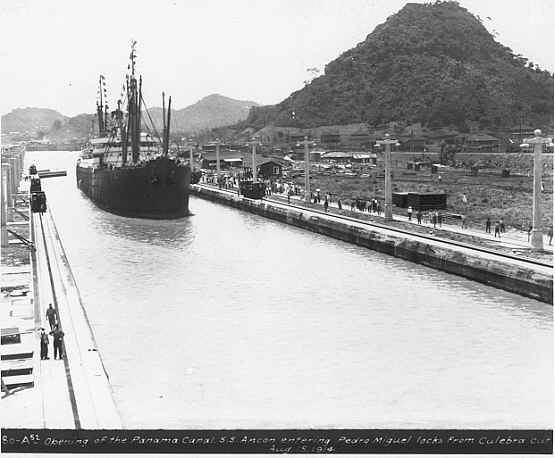
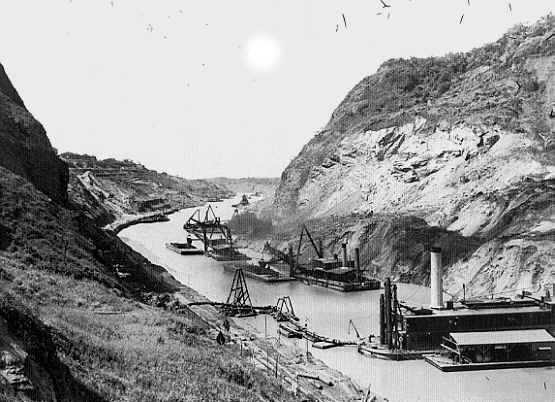
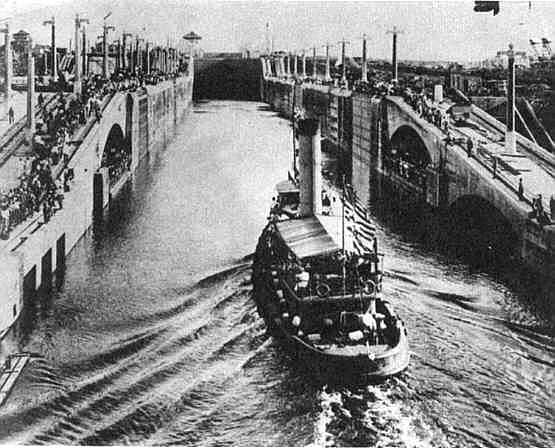
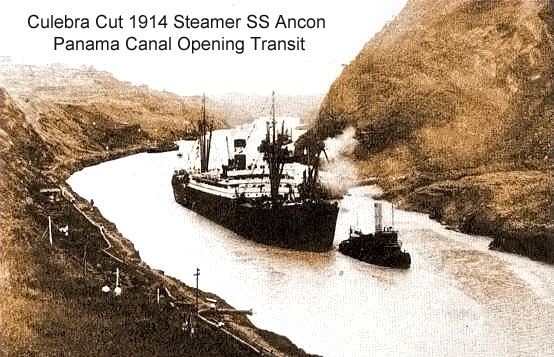
The Impact of the Panama Canal on Global Trade
The opening of the Panama Canal transformed global trade routes. Goods could now be transported between the Atlantic and Pacific Oceans in a fraction of the time it once took to navigate around the southern tip of South America via the Strait of Magellan. This not only benefited the U.S. but also had a significant impact on international trade by reducing shipping costs and time for countries around the world.
Ports such as New York, Los Angeles, and Panama City saw a boom in commercial activity, as the canal connected previously distant markets. Moreover, the Panama Canal played a vital role in expanding the influence of the U.S. as a maritime power.
Control and Ownership: From U.S. to Panama
For much of the 20th century, the Panama Canal remained under U.S. control. However, in the 1960s and 1970s, growing nationalist movements in Panama called for the return of the canal to Panamanian sovereignty. The Torrijos-Carter Treaties, signed in 1977, set the stage for a gradual handover of the canal’s control to Panama.
On December 31, 1999, the U.S. officially transferred control of the Panama Canal to the Panama Canal Authority (ACP), marking a new chapter in the canal’s history. Since then, Panama has successfully managed and modernized the canal, ensuring its continued importance in global trade.
The Panama Canal Expansion: Adapting to Modern Shipping Needs
As global trade grew and ships became larger, the original canal faced limitations in accommodating the newest class of supertankers and container ships. To address this, the Panama Canal Expansion Project, also known as the Third Set of Locks, was launched in 2007 and completed in 2016.
This expansion included the construction of new, larger locks and the deepening of existing channels, allowing Neo-Panamax ships, which are significantly larger than the original Panamax ships, to transit through the canal. The expansion has doubled the canal’s capacity and further solidified its position as a key global shipping route.
The Panama Canal Today: A Global Maritime Hub
Today, the Panama Canal remains a vital artery of global commerce. Each year, thousands of vessels pass through, carrying everything from consumer goods to energy resources. The canal has evolved with the times, using modern technology and sustainable practices to ensure its operation for future generations.
Panama has benefited tremendously from the canal, both economically and politically. The revenue generated from tolls and related services has allowed the country to invest in infrastructure and social programs, cementing its status as a hub of international trade.
For many more images and history on the Panama Canal please see Canalmuseum.com
Conclusion
The history of the Panama Canal is a story of ambition, perseverance, and innovation. From the early dreams of Spanish explorers to the modern-day marvel of engineering that it is today, the canal has overcome immense challenges to become one of the most significant waterways in the world. Its impact on global trade cannot be overstated, and its continued success speaks to the power of human ingenuity. As the canal continues to adapt to modern shipping needs, it will remain a cornerstone of global commerce for generations to come.
Here some recommended links selected for you: The Best Books of the Month, Todays best Deals at Amazon, Best Sellers in Cell Phones & Accessories and last but not least the easy and great way to send a gift for the holidays: Amazon.com eGift Card (Instant Email or Text Delivery).

